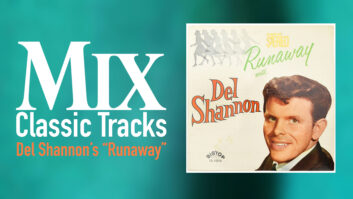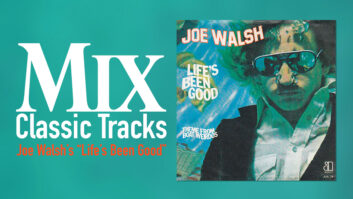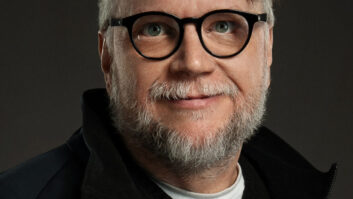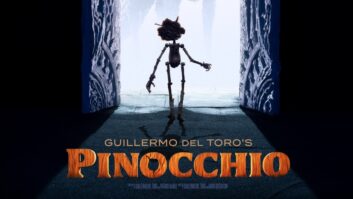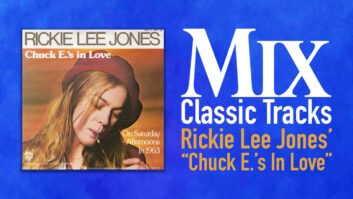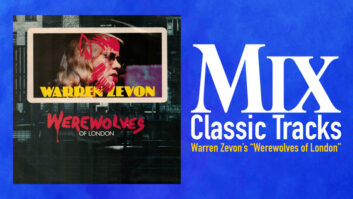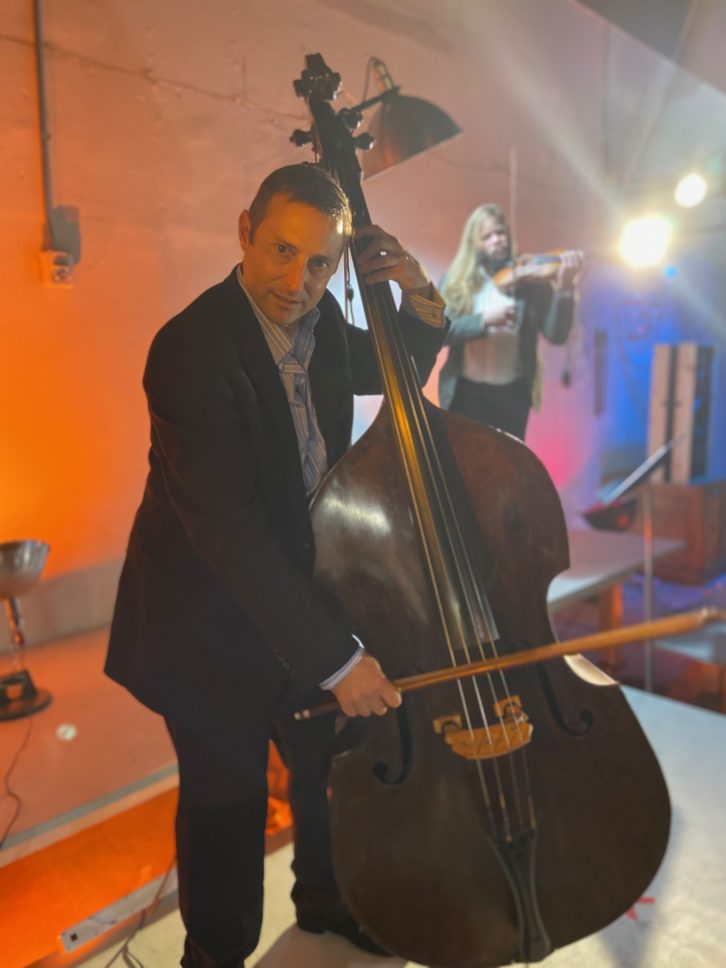
While listening to Los Tangueros del Oeste’s (The Tangos of the West) new release Alma Vieja (Old Soul), tango dancers float across the imagination much as they must have moved physically in the streets of 18th century Argentina. Even as composer, producer, arranger, bassist Sascha Jacobsen fuses the traditional romantic and rhythmic music that originated in Buenos Aires with modern day electronica and hip hop beats, at the core of his interpretation is the established fun, flirtatious and sexy tango that back in the day was relegated mostly to the lower class.
Jacobsen is quite an interesting artist, with a diverse taste in music and maybe somewhat of an old soul himself? “I’ve been accused of that before,” he admits with a laugh.
This is a musician whose great, great, great, great-grandfather was the bassist for the Moscow Opera, and whose own classical training earned him a place in the Monterey Symphony and Sarasota Opera. Additionally, he has performed with the likes of Rita Moreno, Hugh Jackman, Martin Short, Mandy Patinkin and Patti LuPone, Bonnie Raitt, Randy Newman and Josh Groban, among others. He also has led his original Musical Art Quintet, with whom he recently arranged and recorded “Prayer for the State of Israel,” honoring his Sephardic Jewish roots.
And then there’s tango. Around 15 years ago, Jacobsen “took a huge left turn” into the genre after hearing Astor Piazzolla. He not only fell in love with the music and began to play it, but learned to play the rather complex bandoneon, or “tango accordion.” Out of the blue, he got a call to join the group Trio Garufa, and the more he became enmeshed in the music, the more he also began to embrace the lifestyle. He learned the traditional dance and began attending tango parties—or milongas— which he says are in abundance in his hometown San Francisco Bay Area.
The concept for Alma Vieja had been in Jacobsen’s mind for quite some time, but the global coronavirus shutdown finally allowed him the downtime to create the project. That was the upside. The downside, of course, involved all the health restrictions, which meant no rehearsals and the necessity of doing a good portion of the recording for the project remotely.
In 2018, Jacobsen met singer/lyricist Manuel Berterreix by chance at a local Berkeley café, and although Berterreix later returned to Argentina, the bandleader contacted him to work on the album. The record ended up with seven instrumentals and six songs with lyrics/vocals. It was released on July 30 through Avantango Records.
ALL-STAR, INTERNATIONAL BAND
Jacobsen wrote almost all of the songs during the pandemic. He would record some bass and perhaps piano to Pro Tools, then send the rough tracks to Berterreix, who would write the lyrics (in “Castellano,” the term for Argentine Spanish, also incorporating “Lunfardo,” the term for Argentine slang) and sing along. He would then send different ideas back to Jacobsen, who would send them back with his input. This went on for a year, making heavy use of Pro Tools and Google Drive.
Once the songs were in a good spot, Jacobsen went into Tim Weed’s Buffalo Bill Studio in San Rafael, Calif., just north of San Francisco, to record the bass with violinist Ishtar Hernandez, who was about to move back to Puerto Rico because of Covid-19. Masks were put on, and separate recording areas were established. Guitarist Carlos Caminos lives in Venezuela and pianist Pablo Estigarribia lives in Buenos Aires. Both recorded in their home studios and sent in their tracks.
“I was always saying, ‘Okay, can you change this, can you redo this part?’” Jacobsen explains of the process. “They would send me the first take, they would send me a second and sometimes a third, and I would take what I liked and basically edit what I wanted to keep.”
One of the album’s most complex songs with regard to the remote recording process features acclaimed Argentinean singer Maria Volonte along with Berterreix (who moved to Mexico during the recording of the album), executing the track that best exemplifies Jacobsen’s creative vision. “El Rumbo de mi Corazon” is essentially a rap/poetry track with electronic hip-hop drums against a classical violin sonata and flamenco guitar. It has become one of Jacobsen’s favorites on the album because “it took on its own life in a way I didn’t expect.”
The title track is also a great representation of Jacobsen’s concept, with Berterreix’s crooning and the traditional Argentine bandoneon mixed with Daniel Riera’s modern beat designs and subtle DJ scrubs. Riera designed all the electronic beats, which provided the bed for all songs except four. Drum set accompanies him on one track, while two tracks feature live percussion, including one (“Zamba Zephardim”) with the Bombo, the traditional drum used in the folk music of Argentina.
CREATIVE CHALLENGES AT THE MIX
Jacobsen acknowledges that the biggest challenge for the project was the mix. Bandoneon player Charles Gorczynski, who mixed the entire album with the exception of “El Rumbo de mix Corazon” (mixed by Riera), chuckles at the understatement of the word “challenge.”
At the time of the Alma Vieja recording, Gorczynski moved to Minnesota and set up at Caverns, his mix studio where he also does audio production/sound design for various clients, as well as composition for records, film, video games and podcasts.”The first thing he did was record his part of the record. Then he got down to mixing.
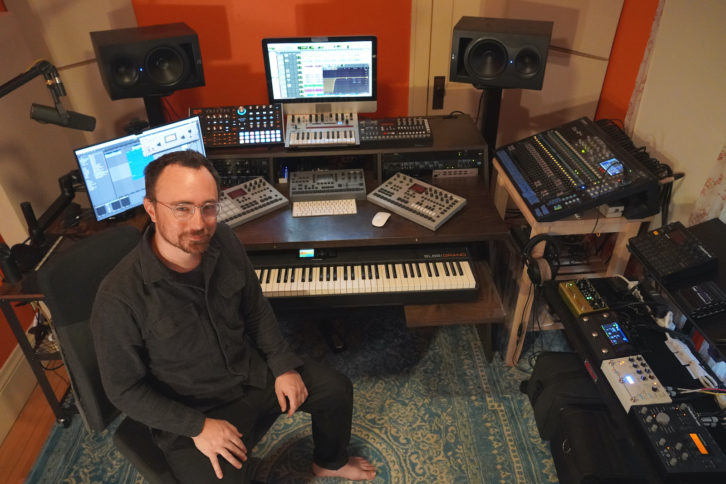
Gorczynski works off of Pro Tools and Ableton with a lot of outboard synths and drum machines. For mixing, he uses a slew of UAD plug-ins.
“Alma Vieja was recorded all over the place,” Gorczynski explains. “I got a bunch of tracks from everywhere and I did kind of a hybrid approach— using Ableton on some of the more time-stretching stuff and then ultimately mixing in Pro Tools.”
When asked which track was the toughest, he stumbles through a laugh: “They … were … all … hard. In their own way. We had tracks with four mics on the bass in a giant live room, and then the violin recorded in another giant live room.”
Lollapalooza Brings Back Live Music Festivals – A Mix Photo Essay
The first order of business, he says, was “editing each track, to find some central space where everything comes together. When some are recording in different studios and many are recording in home studios where the volume is varying widely, my job was creative problem solving. There’s a lot of creative solutions and saturator plug-ins or a lot of interesting cleaning things up in a creative way or making something musical out of it, creating breaks. When it didn’t work, I would create musical breaks where I would just pull the violin out and have other things just play the melody and make musical choices, some of which Sascha was into and some of which he wasn’t, so we found a nice balance.”
Detailing the process on the track “A Pampa Cortes,” which had acoustic drums and electronic drums, Gorczynski says, “In this case I’m using a lot of the iZotope plug-ins to clear out some of the frequency problems, normal stuff. I’m using a bunch from the company Baby Audio, one called I Heart NY, an interesting New York–style parallel compressor. I’m using some of the Slate Digital stuff—Fresh Air is on there. Another Baby Audio that pops up on a bunch of all the tracks is the delay Comeback Kid, my favorite delay right now. I’m automating a lot of delay on this track and automating the compression to some degree and creating a lot of breaks.
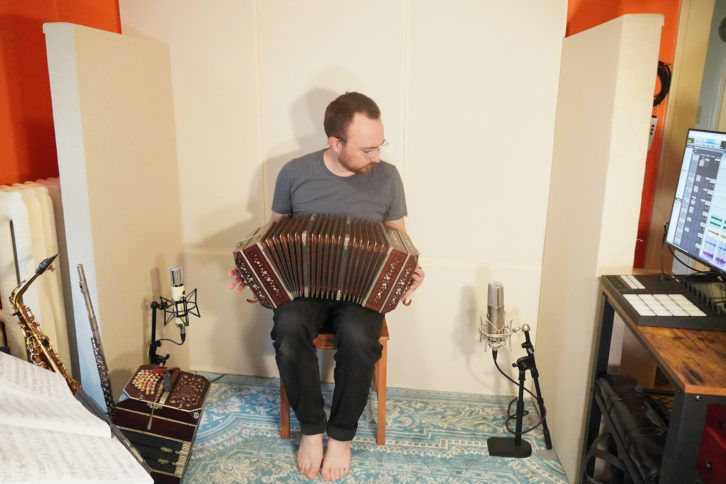
“The drums needed some general cleaning, so I’m using the iZotope Neutron,” he continues. “There’s a great plug-in I’ve been using on drums recently for identifying problematic resonance called Oeksound Soothe2. I’m a big fan of handclaps, using the FabFilter compressors, and I’m a big fan of the Goodhertz Wow Control.”
For the most part, the mixing of the additional instruments was fairly standard procedure. On this track, the bass was recorded at home, which made it easier to mix, Gorczynski says. On Jacobsen’s bass, he used the FabFilter EQ and multiband compressor.
“Across the various tracks, I used a variety of things to build some edges into the sound: UAD Neve 1073, PSP Vintage Warmer 2, Slate Audio Fresh Air, UAD VSM-3, UAD 1176,” Gorczynski details. “Sometimes when I was using the piano in a different context, I would re-sample into the Elektron Octatrack and create ambiences with some motion and character.
The guitar, he says, was recorded well, but sounded a little thin, so he used a VSM-3 saturator to “create some subtle harmonic distortion in there and a little more body.”
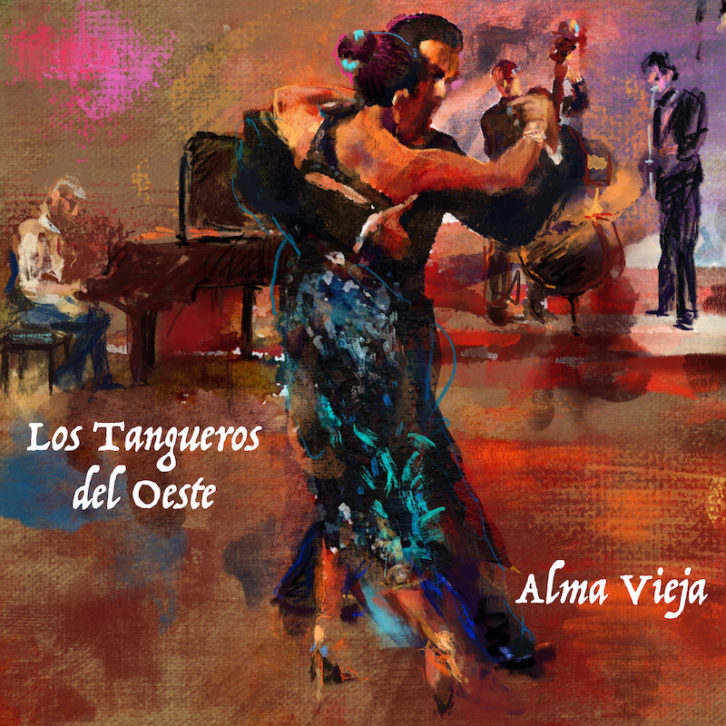 The violin, which was recorded in the studio, proved a bit more problematic.
The violin, which was recorded in the studio, proved a bit more problematic.
“There was a lot of natural reverb on the violin,” he says, “There’s a lot of automation and trying to blend it into the rest of the track that makes sense. I feel like a lot of times on the tracks, what I came to was to almost treat it like a sampled instrument. I used the FabFilter delay here and automated the delay like crazy all over the place.” His reverb of choice for nearly everything was LiquidSonics’ Seventh Heaven.
Gorczynski says he loves working with Jacobsen and feels the close nature of their relationship afforded him the liberty of the editing and mixing choices he made. Jacobsen, meanwhile, is proud of the outcome.
“I consider this album to be my masterpiece,” Jacobsen says. “Maybe I’ll change my mind when the next one comes out, but right now, this is it.”


